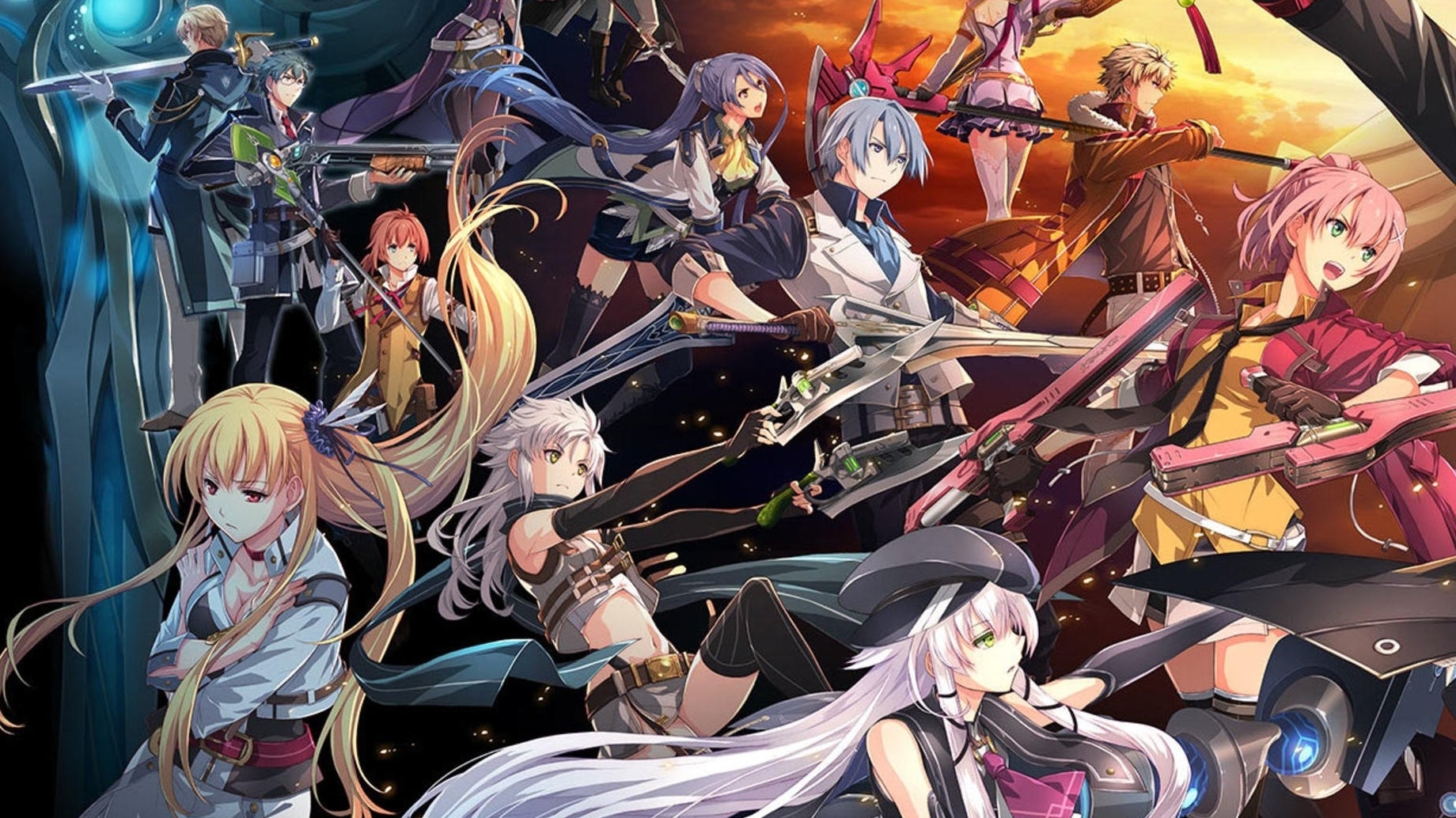There are beloved boutique Japanese studios, and then there’s Falcom; a true grandee about to celebrate its 40th anniversary, the company traces its beginnings back to a hobbyist shop selling PCs and Apple IIIs as well as the curious games people were coding for them, before turning to making those games themselves. The studio has stayed purposefully modest ever since, still employing just over 60 people as it continues doing what it does best: making RPGs rich in character and story, with vast arcs that can span multiple games.
Fans of Falcom are a dedicated bunch, then – like Toshihiro Kondo, for example, who took over the reins from founder Masayuki Kato in 2007. Since then, there’s been a gentle push towards the west that’s led to new audiences discovering the likes of Ys, the brilliantly breezy action RPG, and the ongoing Legend of Heroes series and its offshoots – a series that rivals the likes of Dragon Quest and Final Fantasy in longevity.
As Falcom’s 40th anniversary beckons, we sat down with Mr. Kondo to discover how he went from being a superfan to heading up the company – and how Falcom are endeavouring to find new fans along the way.
Tell me about your first interaction with Falcom’s games – how did you come to them yourself?
Toshihiro Kondo: When I was a university student – I was just a normal, game loving student – I encountered a game called The Legend of Heroes 3: White Witch [translated for its Western release as Prophecy of the Moonlight Witch]. It was the first time I’d experienced that you could have a story, you could have a world and you could have something so compelling and moving in the form of a video game. Before that I was aware of the company itself, but mostly through my friends who are also gamers. I thought okay, when it comes time for me to apply for a job, I’m going to apply to them.
What was it about Falcom’s games that made them stand out against their contemporaries?
Toshihiro Kondo: This was a PC game, and one thing I really appreciated was that, although it was an RPG, all of the townsfolk had their own names. It wasn’t just townsperson A, B, or C, or just ‘woman’ or ‘man’. They each had their own name, and each person had their own individual lines. Not only were their lines different from one another, as the story would progress, and as you’d hit different points to progress the story, you can return to these towns and speak to these people and their conversation would be completely different. They would be talking about things that either would be related to the story or would advance their own stories, so it felt like these characters have their own lives. It really helped create a sense of the world and a sense of consistency, and added to the scale of it all. I’d never seen anything like that before.
Before you joined Falcom itself, I believe you made your own fan magazines. Could you enlighten me on how your fandom manifested itself before you joined the company?
Toshihiro Kondo: It’s actually a pretty interesting story. This entire fan website thing came about from a university project. I was taking a seminar in school, and one of the assignments was to create your own homepage – it was just a basic website. This was the time on the internet when there were maybe two browsers max – it was really early on, particularly in Japan. This was the time period before people learned you could use the internet for evil! People would gladly post a picture of themselves, they would write their full names, they’d write their address!
